You could make the argument that Wolverine is no longer the most ubiquitous Marvel character – Cap, Iron Man, Spidey, Deadpool? – but you would still have to defend it. When he fully debuted in 1974’s Incredible Hulk #181, Wolverine (created by editor Roy Thomas, writer Len Wein, and artist John Romita, Sr.), began as a feisty Canadian guest-star created to get between the Hulk and a flesh-crazed Wendigo. He ended up with much more commercial and narrative potential than probably any of them realized.
Why did he stick? I know that last word is just unforgivable, but it really is the claws, isn’t it? Whether they were supposed to be in the gloves, or in his forearm, or made of bone, all that really mattered is that they were there. The guy had claws.
Wolverine eventually became the “It Guy” of the eighties. By then, there was more to him than just the hardware. The landmark Claremont/Miller 1982 limited series (and basis for the previous Wolverine film) introduced a deeper Eastern-influenced side to the ferocious loner. Many readers point to that series as a benchmark for their love for the character. All those Hand ninjas and broken windows. And honor, don’t forget the honor. But was that really the first hint of an Asian influence for Wolverine?
Back in the seventies, a burgeoning film genre was kung fu. Marked by high-pitched screaming, obnoxious sound effects, and uncanny Chinese fighting styles, these movies also introduced audiences to the stuff of many a bullied teenager’s dreams:
Weapons.
The assortment of death-dealing paraphernalia seen in these movies could be lusted after in the backs of thin magazines or in the air of imagination and rumor. Everyone had a friend of a friend who had secretly bought a ninja star in Times Square. Oh sorry, a shuriken.
Because that was part of it, too – knowing this strange language of death – or at least faking that we did. Wolverine comics – and the X-men in general – taught us that, too. There are probably a dozen totally confused people in the world whom I’ve let slip a “Spasiba, Beast” to.
One of these exotic weapons was called the Tekko-Kagi. If you were lucky enough to get a Ninja Encyclopedia for Christmas or your Bar Mitzvah, you knew that this hooked weapon began as a simple gardening tool. But ninjas had adapted it to defend against the sword – or to attack. Or, more accurate to the junior high mind, to (in Wolverine’s words) slice and dice.
The Tekko-Kagi is only part of the spectrum of metal prosthetics that have been a staple of fictional villains from Captain Hook to Trap Jaw. Even mainstream films like the wonderful Charade (1963) with Audrey Hepburn and Cary Grant had a creepy antagonist with a claw-type hand.
In 1973, the year before Wolverine’s debut, the hottest martial arts movie in America was Enter the Dragon. Starring the one-and-only Bruce Lee (who tragically died before the film’s release), the movie remains one of the gold standards of kung fu cinema. At the end of the film, Bruce faces off against his nemesis, the evil Han. The bad guy, who is missing a hand, attaches a familiar-looking weapon to his wrist for their legendary final battle.
You just have to watch it.
The weapon itself, made to Bruce’s own specifications, recently sold for $20,000.
Wolverine is often referred to as a weapon: Weapon X, weapon-like, and now, maybe, as an embodiment of an actual ninja weapon. Similarly, Bruce Lee was also called the “Human Weapon.” Whether or not Wolverine was consciously created with all that in mind (and he really probably wasn’t, according to his creators), it was that larger culture of cool claws that might have helped grow his popularity.
And by that I mean countless series, guest-star appearances, alternate realities, lunchboxes, toys, cartoons, and lots of movies. By no means will Logan be the last Wolverine film, but it looks like it will be the final call for the actor, Hugh Jackman, who so perfectly brought him out of comics and before the eyes of a whole new audience. But he’s getting older, as we old-time Wolverine fans are, too. The Old Man is a harder sell now.
So as the younger generation prepares to watch a PG-rated Spidey with a squeaky voice, the older fans can watch their old ‘80s Wolverine one last time before his retreat into the dusty sunset, in a way that seems a nostalgic throwback to the sharp lure of the original character.
But perhaps not entirely. We know (and I haven’t seen the movie before writing this), that X-23, the (spoiler) young, female clone of Wolverine, also plays a major role in the film, representing a version of the character for the next generation of fans. At the same time, she is created from him, weirdly Eve-like.
But that might not be true, either. Though his creators were adamant that Wolverine’s color scheme was unique for superheroes, it was not. A little over a year before Wolverine’s first appearance, a new Marvel magazine (and hero) appeared called The Cat.
The Cat often ran with the heading “The Claws of the Cat.” In addition to the familiar blue-and-yellow costume, she also had retractable claws, though hers could also be fired outward.
The Cat was created by Roy Thomas (who went on to suggest the Wolverine character) and Wally Wood. But her first issue was scripted and drawn by Linda Fite and Marie Severin. As Stan Lee himself announced:
First and foremost of these new spectaculars just has to be the far-out new feature we call: “The Claws of the Cat!” And if the title doesn’t tell you that it’s destined to be one of the most action-packed, most talked-about new mags of this or any other year, we’ll burn our vintage MMMS cards! What’s more, The Cat is drawn by none other than Marie Severin — and written by former Marvel staffer Linda Fite, to boot! (At least this time, nobody’s gonna be able to write in and say we’ve got artists and writers who don’t understand the female of the species!)
Though The Cat only lasted four issues, the story of Greer Nelson and her brush with magical Cat People, would have a lasting echo in later Marvel characters Tigra and Hellcat.
More importantly, perhaps Logan’s relationship with a younger female version with equally cool claws — different but similar — has more historical context than we think.
Brad Ricca is the author of the brand-new book Mrs. Sherlock Holmes: The True Story of New York City’s Greatest Female Detective and the 1917 Missing Girl Case That Captivated a Nation and Super Boys: The Amazing Adventures of Jerry Siegel & Joe Shuster – The Creators of Superman. He also writes “Luminous Beings Are We” for StarWars.com. Follow @BradJRicca.


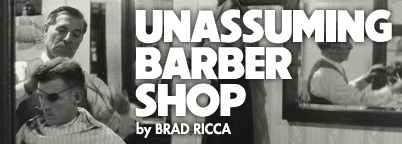
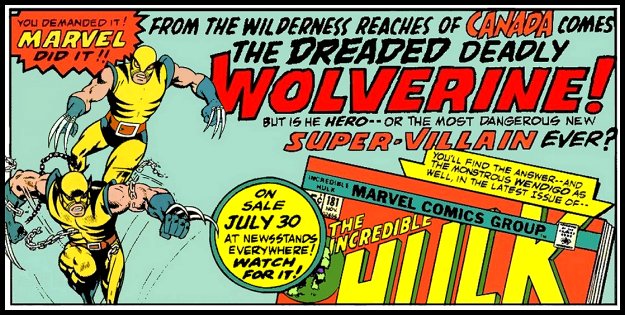
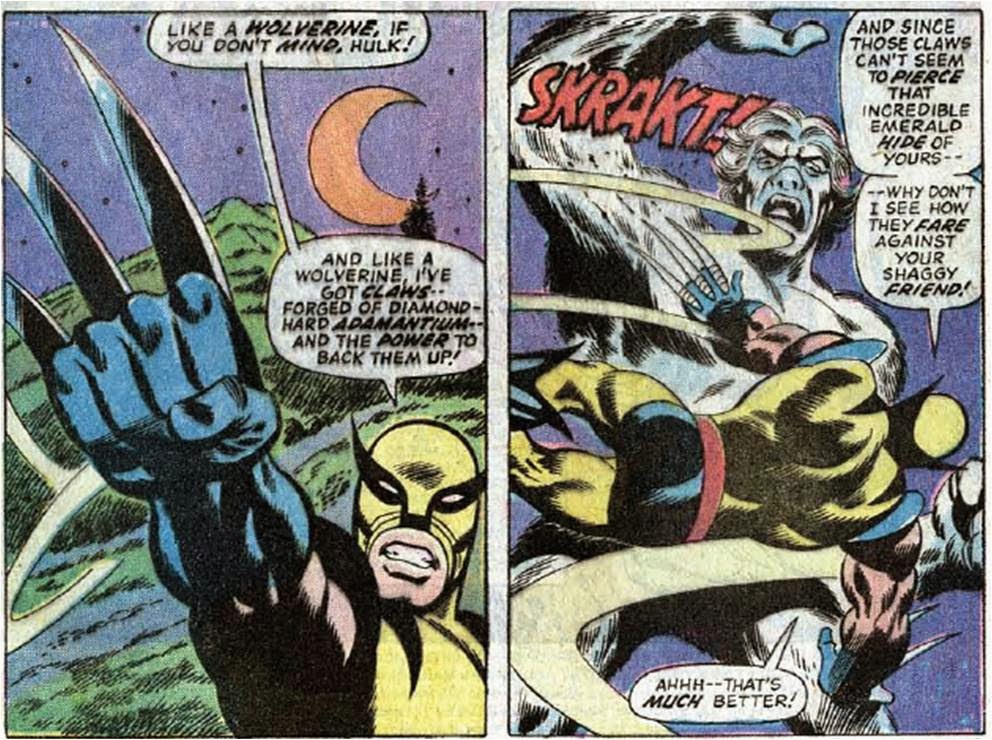
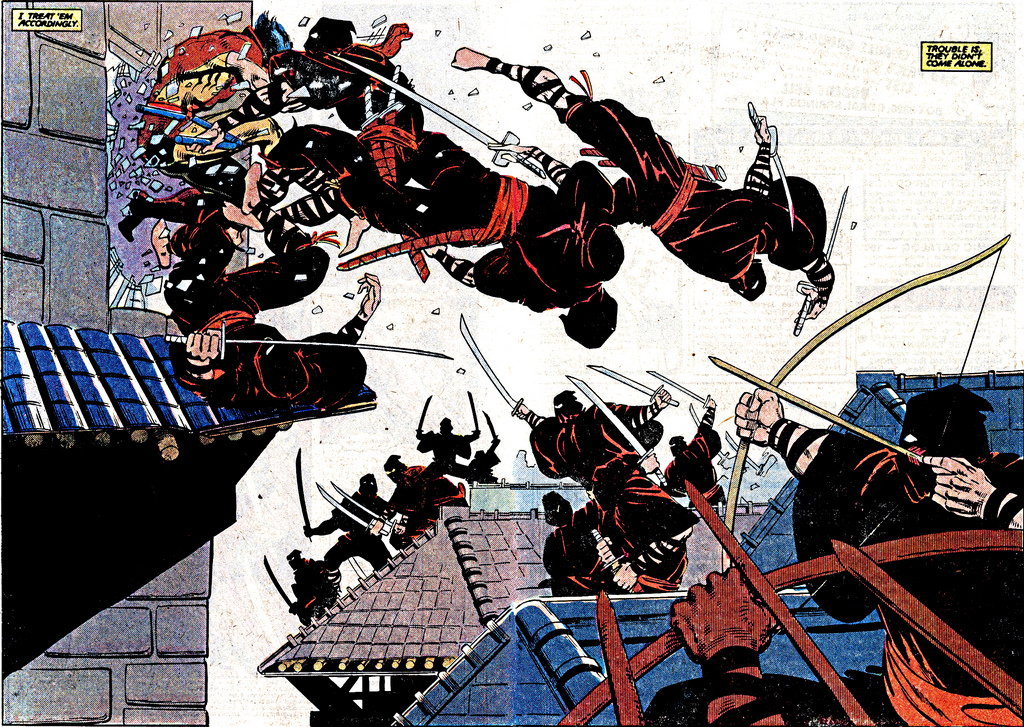
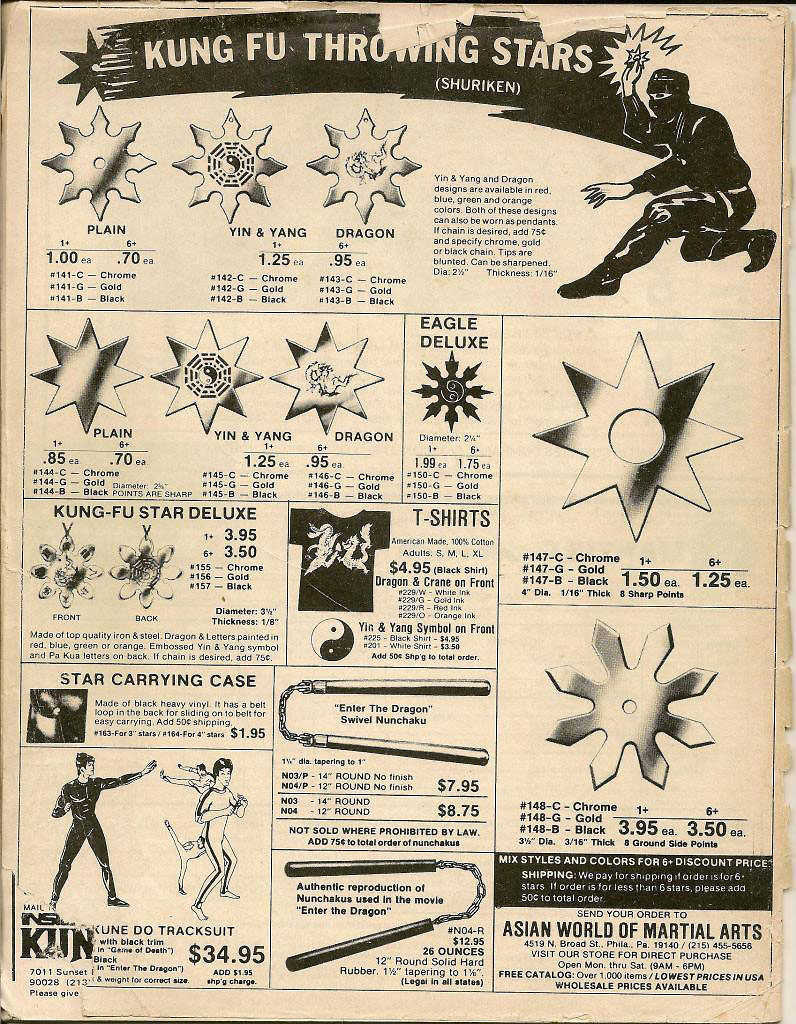
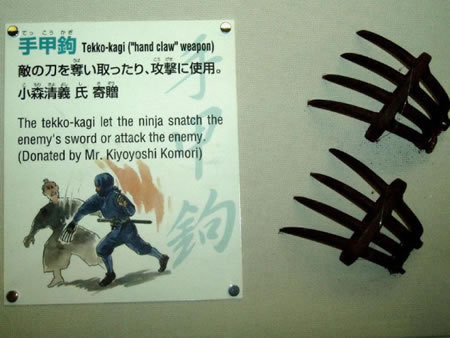
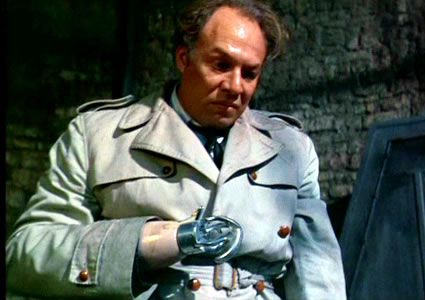
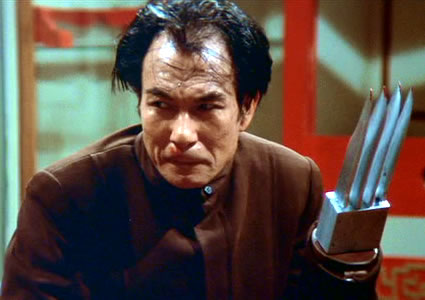

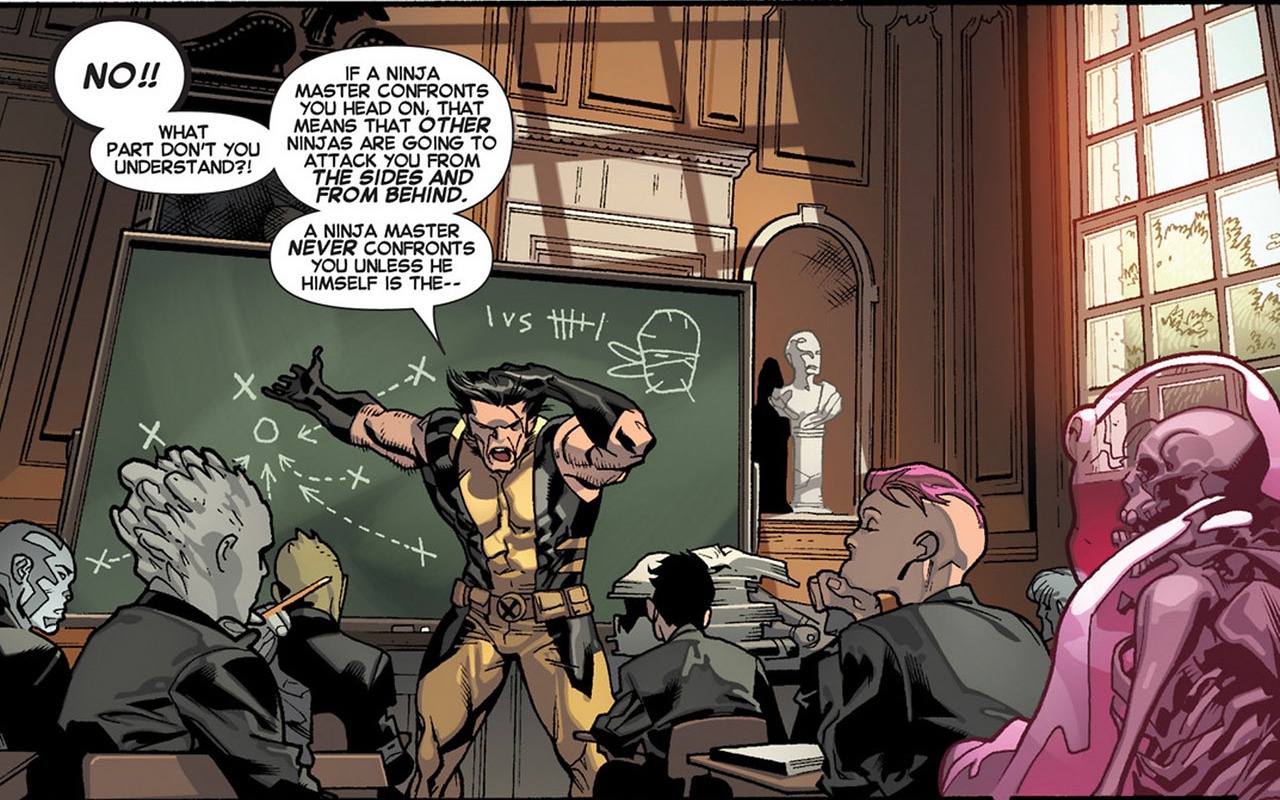
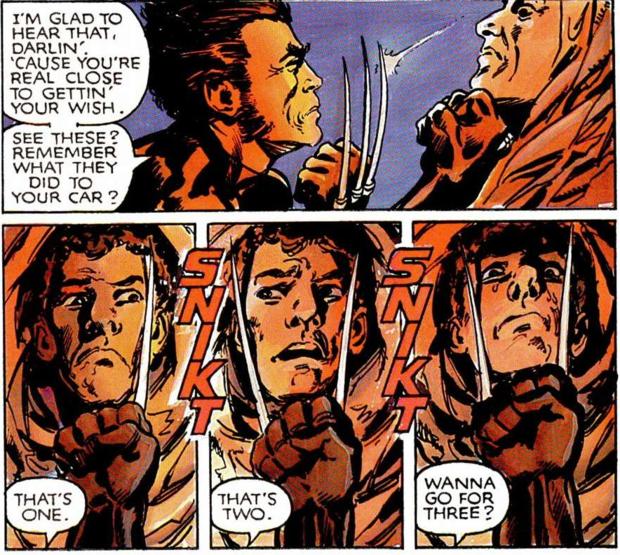
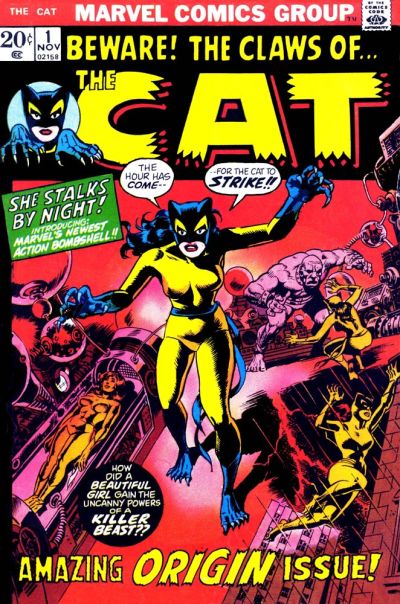
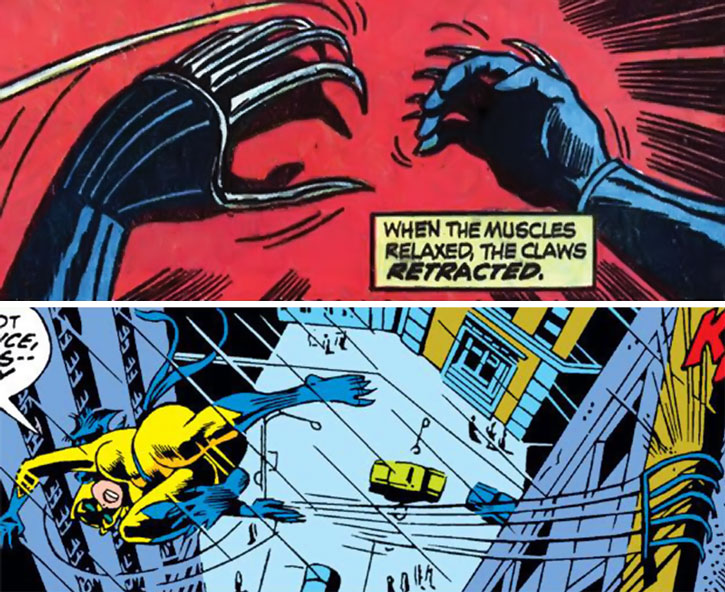
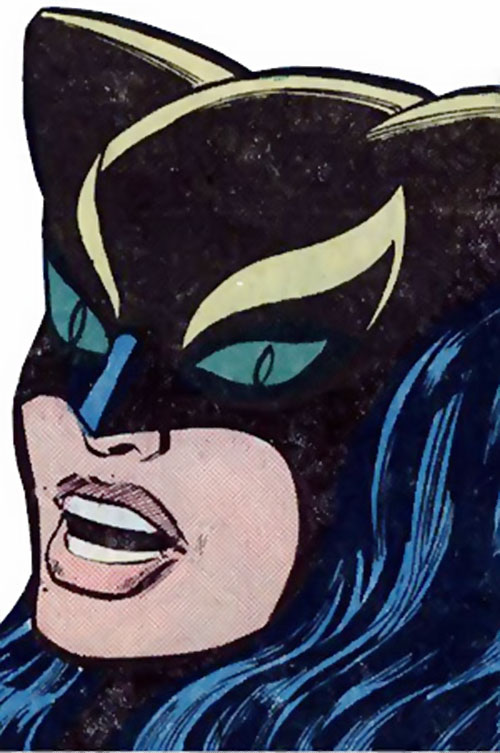
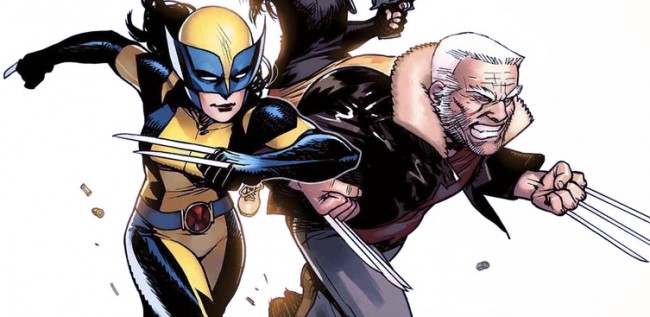

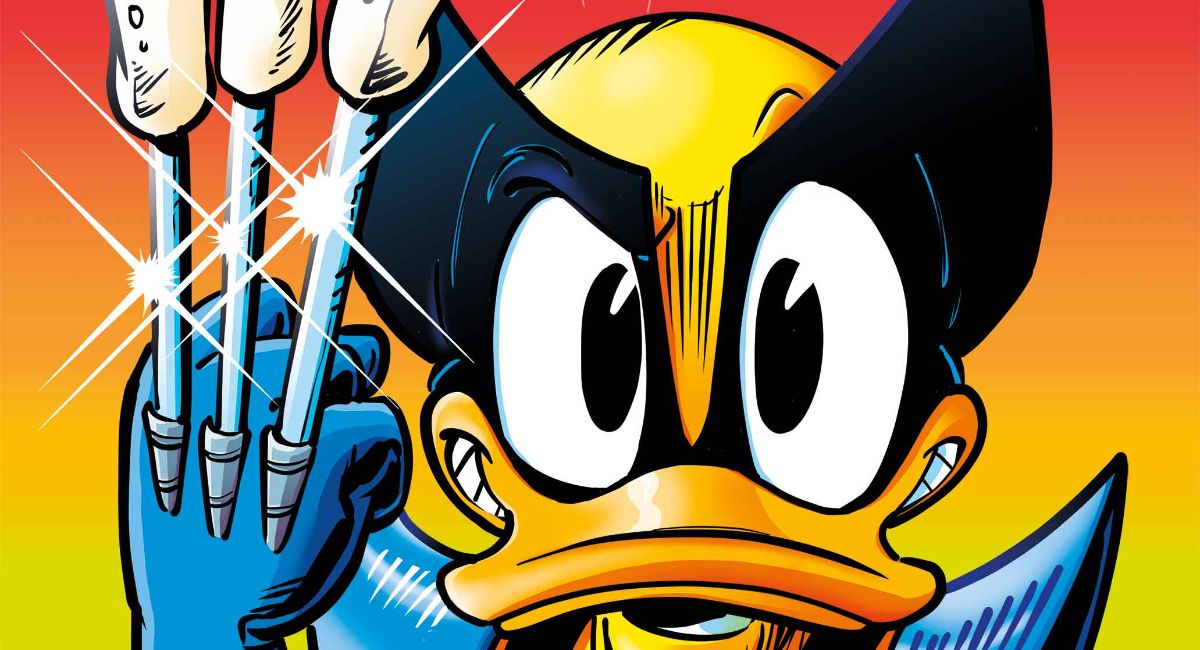




Greer Nelson / The Cat actually IS Tigra, after a brush with magical mutation.
Comments are closed.